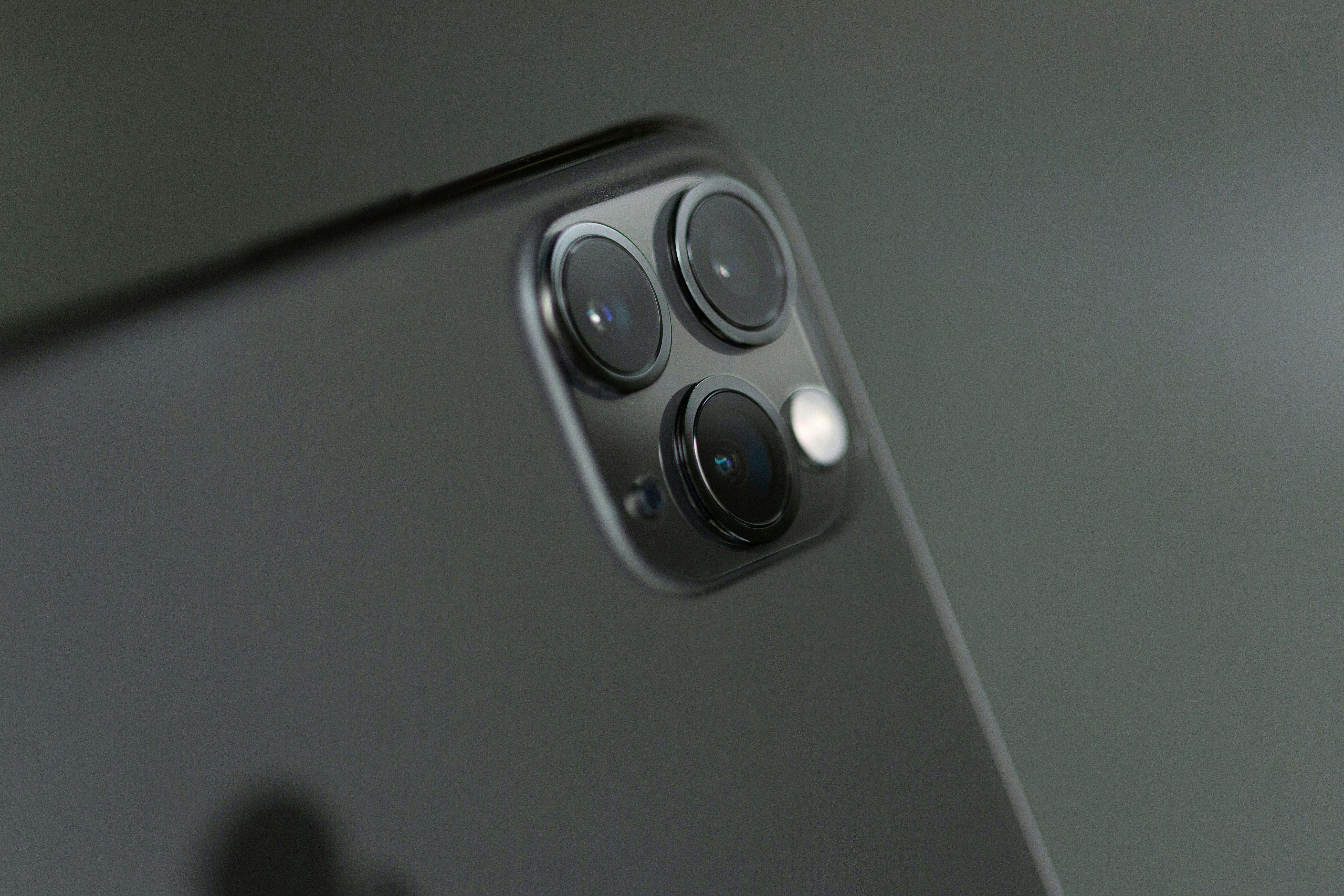
Have you ever admired the clarity and finesse of the photos you've captured with your smartphone of life's fleeting moments?Behind this brilliance lies an invisible world of precision—the tiny components in your smartphone's lens modules,which are barely perceptible to the naked eye.Their manufacturing accuracy directly determines the quality of the images.And the core process that achieves this extreme precision is a marvel of modern manufacturing:CNC machining(Computer Numerical Control Machining).
Precision Machining Beyond Human Limits
Imagine having to machine a small part with a tolerance of only 0.01 millimeter,which is about one-sixth the diameter of a human hair.Such a stringent standard is nearly impossible to achieve with traditional manual operations.This is where the value of precision machining comes in.In a highly automated factory environment,CNC machines control precision cutting tools with digital commands to perform exact cuts and perfectly replicate the design model,ensuring absolute consistency and ultra-high precision of each part.
The Precise Dance of CNC Milling and Turning
The components in smartphone lens modules come in various shapes,and their manufacturing process often requires the perfect combination of two technologies:CNC milling and CNC turning.
CNC milling is like a sculptor in the microscopic world.With rapidly rotating precision tools,it can step by step machine complex contours,fine grooves,and precise mounting hole positions from metal or special engineering plastic blocks.The structurally complex parts such as frames and bases in the lens modules are machined using high-end milling techniques with multi-axis synchronization,completing the processing of all surfaces in a single setup,thus avoiding cumulative errors caused by multiple repositionings.
For cylindrical parts that require a high degree of concentricity,such as lens barrels,CNC turning plays an irreplaceable role.In turning,the material blank rotates at high speed while a precision fixed cutting tool performs the machining to produce perfectly round and geometrically highly precise shapes with uniform diameter.This process ensures that light travels through the optical path without any deviation.
Why Can We Keep the Promise of 0.01 mm?
Achieving this level of precision is a systems engineering effort.It starts with top-tier production equipment,but it goes far beyond that.Climate-controlled,dust-free production rooms eliminate microscopic deformations caused by temperature and dust;ultra-hard diamond tools ensure long-term cutting stability;and precision inspection equipment such as three-dimensional coordinate measuring machines(CMM)verify each critical dimension to the hundredth of a millimeter,ensuring that all products meet the strict European and American quality standards.The entire precision manufacturing process for consumer electronics is an unrelenting pursuit of perfection.
The Great Value of CNC Machining of Tiny Parts
It is precisely through the extreme control at the microscopic level achieved by CNC machining that enables the excellent optical performance of smartphone lenses at the macroscopic level.The precision of each tiny part's CNC machining affects the focusing speed,image sharpness,and stabilization efficiency.It allows the device in each of our pockets to offer imaging capabilities comparable to professional cameras.
So,the next time you take a breathtaking photo with your smartphone,you will know that it is not only the algorithms that deserve the credit but also a great achievement of precision manufacturing engineering in the physical world.
We specialize in applying advanced CNC machining technology to the field of precision manufacturing of consumer electronics and are committed to providing our global customers with precision manufacturing solutions that meet the strictest standards.